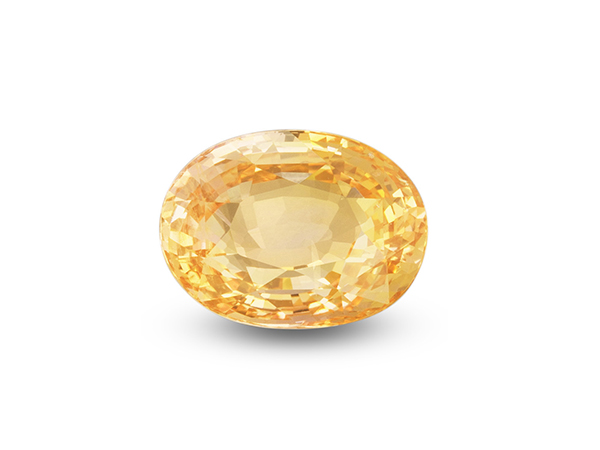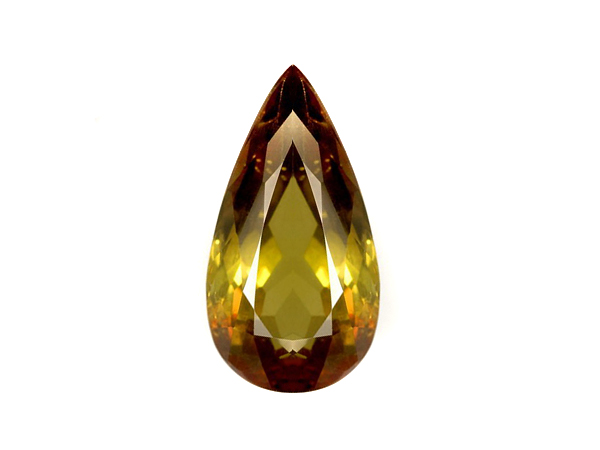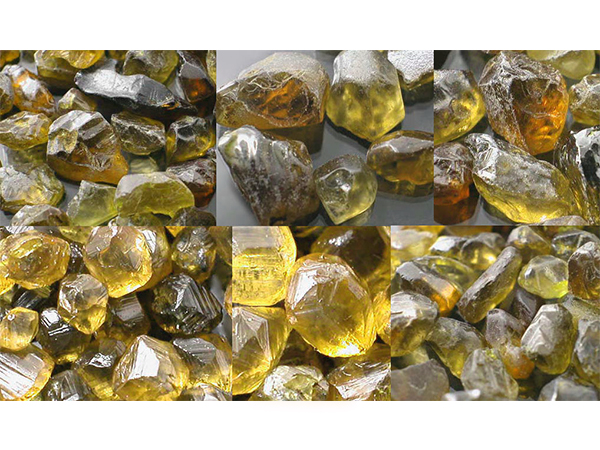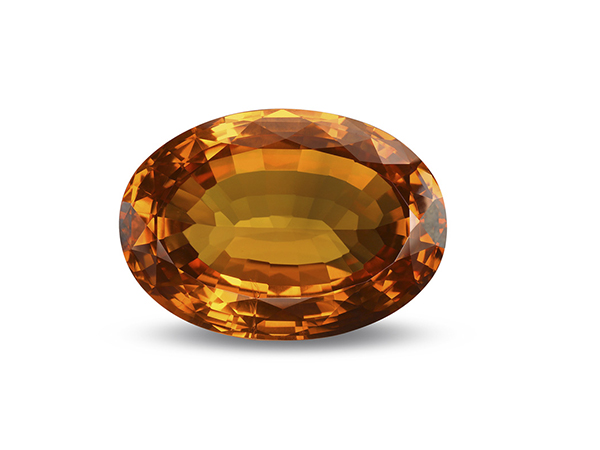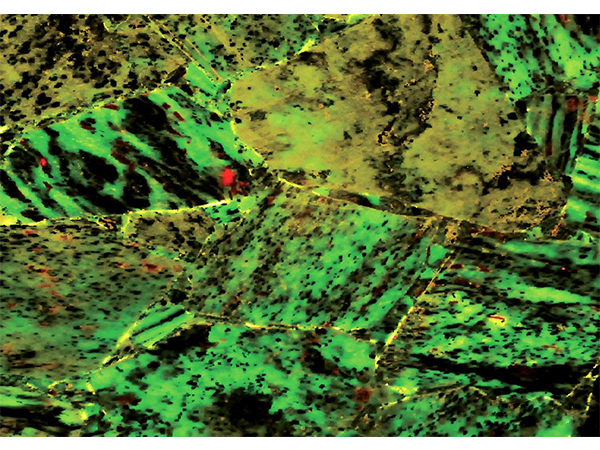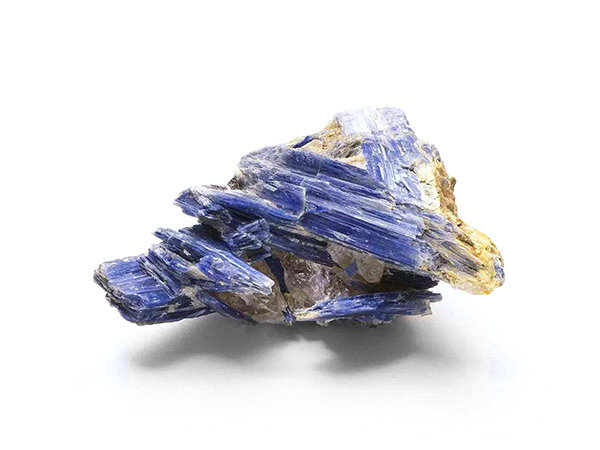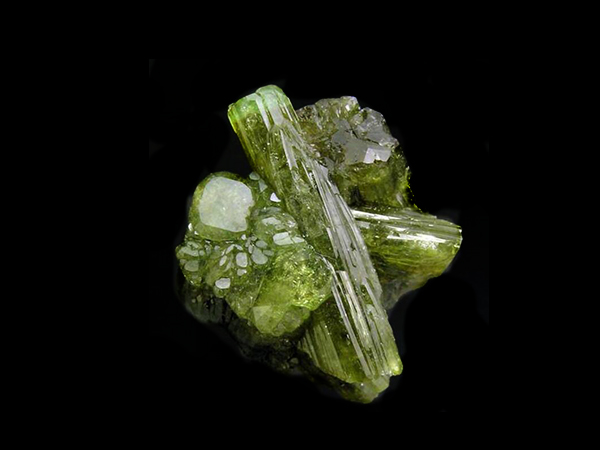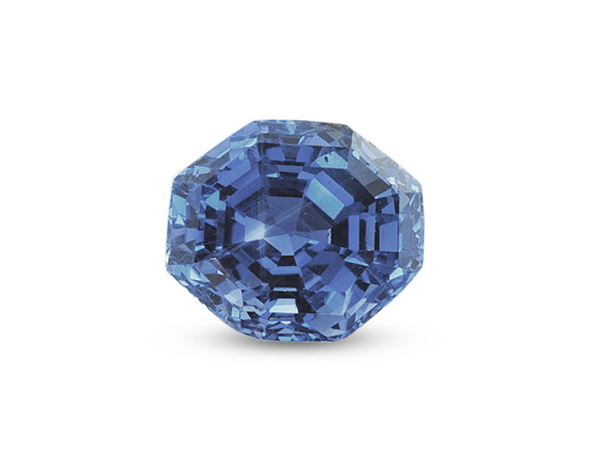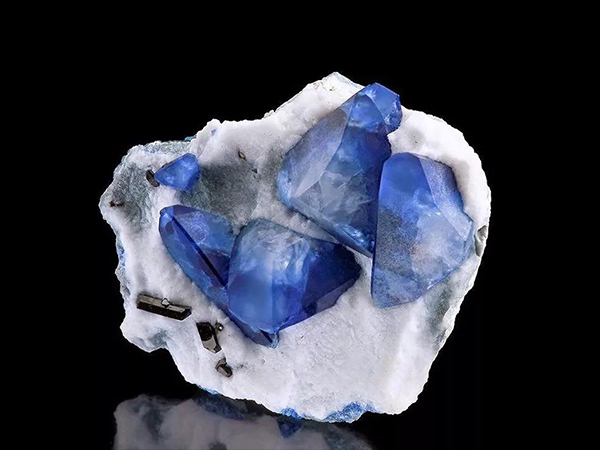The English name for Danburite comes from the discovery of Danbury, Connecticut, USA. The British Museum of Natural History in London, UK, houses a yellow stepped faceted racer from Myanmar. It weighs 138.61 ct. It is a yellow gold produced by the Smith Museum in Washington, USA, weighing 18.4ct; a grain made in Japan. Colorless race citrine, weighing 7.9ct. Basic nature 1. Chemical composition: calcium borosilicate, CaB2[SiO4]2 2. Crystal system: orthorhombic system 3. Crystal habit: often short columnar, top wedge shape, crystal mask longitudinal pattern, can form cry
Andalusite is an aluminosilicate mineral that is used as a raw material for the manufacture of refractory materials and porcelain in spark plugs. It is a typical mineral of low-grade thermal metamorphism, commonly found in argillaceous rocks that contact metamorphic belts. It is mainly formed under conditions of high geothermal gradient and low pressure to temperature ratio. Introduction to Hongshizhu Andalusite and kyanite, sillimanite are homomorphic variants. Its English name, Andalusite, was derived from the first discovery of minerals in Andalusia, Andalusia, Spain, bu
The sillite stone is also called sillimanite or sillimanite, which is a brown, light green, light blue or white glassy silicate mineral. The crystals of the sillimanite are columnar or needle-like, and these crystals are often polymerized together in a fibrous or radial form, and have a silk luster or a glass luster. After the sill stone is heated, it can be turned into mullite and used as a high-grade refractory material. Named after the American chemist Benjamin Silliman. Introduction The professional English vocabulary is: sillimanite. In the crystal structure, tw
Zircon is a silicate mineral, which is the main ore of metal zirconium refining, containing Hf, Th, U, TR and other mixed substances. Zircon is widely found in acidic igneous rocks and also in metamorphic rocks and other sediments. Zircon is chemically stable, so gem-quality zircon can also be found in the gravel of rivers. There are many kinds of zircons, and different zircons will have different colors, such as black, white, orange, brown, green or colorless and transparent. The cut gem-quality zircon is much like a diamond. Zircon has also been called zircon i
Columnar spar is also known as "alkaline columnar." The single crystal is columnar and the aggregate is fibrous. Colorless, or white, pink, green yellow, yellow green, sea green, dark green, brown green, brown, black. Glassy luster, transparent to translucent. Identification points: RI and DR, SG values Negative light is the main basis. The exact distinction between cat eye varieties and RI and other gemstones and pyroxene and diopside cat eyes depends on large test instruments. characteristic Kornerupine has the following basic physical and chemical properties: 1. C
Epidote is a silicate mineral, usually in shades of green, colorless or yellow-green. If the amount of manganese contained in the attapulgite is high, it is called red pebbles. The difference in green color is due to the difference in iron content. The more iron, the darker the color. The crystal of epidote is columnar, and the aggregate of crystals is generally granular, which is the original ore of precious jewelry. Name source The name epidote may be derived from the Greek epidosis, meaning growth, which means that its crystal side is longer than the other s
Kyanite is a natural refractory raw material mineral with high refractoriness and high volume expansion. There are parallel stripes on the crystal face. The color is light blue or cyan, bright gray and so on. Belongs to high aluminum minerals. Chemical composition: Al2O3 63.1%, SiO2 36.9%. A single crystal is often in the form of a long plate or blade parallel to (100). Naturally produced kyanite is often close to the ideal component. Its chemical resistance is strong, thermal shock mechanical strength is large, and thermal expansion is irreversible. It is the main
Silicate mineral with island structure is also called vesuvianite because its fine and intact crystal was first found in Vesuvius volcano, Italy in 1795. Fu shan stone is usually produced in the skarn in contact metasomatism between granite and limestone, which is symbiotic with garnet, diopside and silica limestone. It is mainly produced in Italy, Kenya, the United States, Canada and Afghanistan. Introduction Fushan Stone Overview The chemical formula is Ca10(Mg,Fe)Al4[Si2O7]2[SiO4]5(OH,F)4, tetragonal system, space group D4 4h-P4/nnc, crystal is quadrangular column and tet
Tafite's English name, Taaffeite, comes from a man named Taaffe: In 1945, the jeweler of the Dublin, Ireland, Earl Edward Taaffe, found a weak double shadow in a 1.41ct light purple gemstone bought as a spinel. After being sent to a gemstone laboratory in London, it was identified as a new gemstone variety in 1951. It is said that the world's largest Tafi Stone is only 10 carats. In addition to Sri Lanka, gem-quality crystals are also produced in Tanzania and Madagascar. In 1956, fragrant stones were discovered in Xianghualing, Hunan, China, and Tafi Ston
Blue cone mine The blue cone ore, also known as silicon bismuth ore, is a rare blue silicate mineral containing bismuth and titanium, which is found in hydrothermally-replaced serpentinite. The blue cone mine has a bright blue to blue-white fluorescence reaction under short-wave ultraviolet rays, and the more rare the blue-cone crystals can clearly see red fluorescent light under long wavelengths. Introduction The blue cone mineral faceted gemstone has a distinct appearance, but the gemstone is generally small, and the clean and flawless faceted bare stone is rarely he

